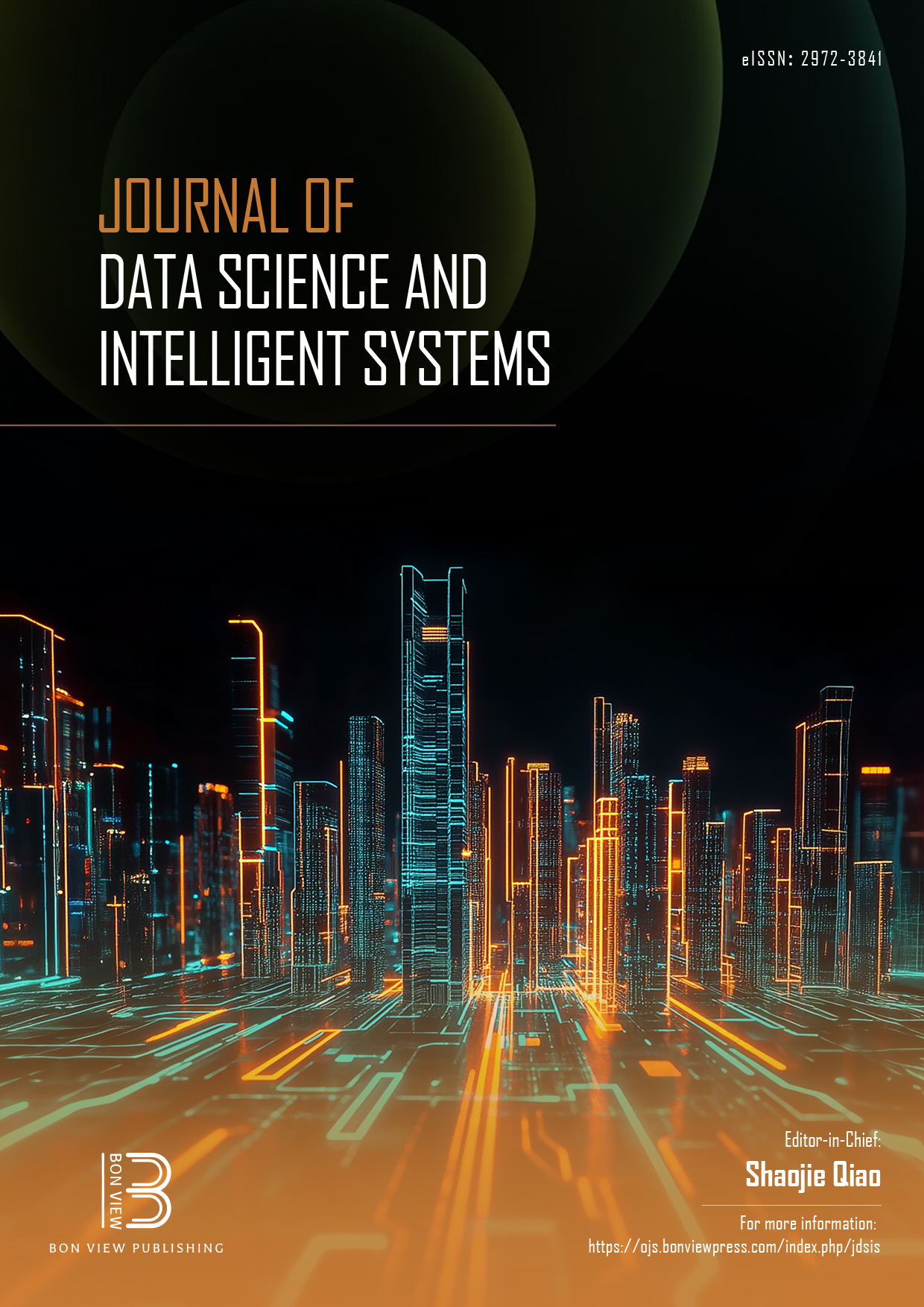Plant Pan-Genomics: Opportunities, Advances, and Challenges
DOI:
https://doi.org/10.47852/bonviewJDSIS42023107Keywords:
pan-genomics, crop breeding, core genes, variable genesAbstract
The pan-genome concept encompasses all individual genome sequences within a species, comprising both core and variable genes. In recent years, it has emerged as a promising avenue for advancing plant genetic evolution and cultivating desirable traits. This review provides a comprehensive overview of pan-genome representation, detailing both linear pan-genome and graph-based pan-genome. It further presents a thorough analysis of the assembly methods for these pan-genomic structures and discusses the widely used software tools and processes for their construction, including VG, Minigraph, and PGGB. The paper concurrently delineates the fundamental factors that influence pan-genome quality, which include genome assembly quality, accurate annotation, identification of homologous genes, and strategic sample selection. Furthermore, we investigate the pan-genome's applications in plant genomics and provide a summary of recent research findings related to the plant pan-genomes, particularly in elucidating genetic transformations during domestication, uncovering genetic variations linked to agronomic traits, and offering insights to guide breeding endeavors.
Received: 14 April 2024 | Revised: 13 May 2024| Accepted: 4 June 2024
Conflicts of Interest
The authors declare that they have no conflicts of interest to this work.
Data Availability Statement
Data sharing is not applicable to this article as no new data were created or analyzed in this study.
Author Contribution Statement
Mingjun Hou: Conceptualization, Methodology, Software, Validation, Formal analysis, Investigation, Resources, Data curation, Writing - original draft, Writing - review & editing, Visualization, Supervision, Project administration. Shaozi Pang: Writing - review & editing, Visualization, Supervision.
Downloads
Published
Issue
Section
License
Copyright (c) 2024 Authors

This work is licensed under a Creative Commons Attribution 4.0 International License.


